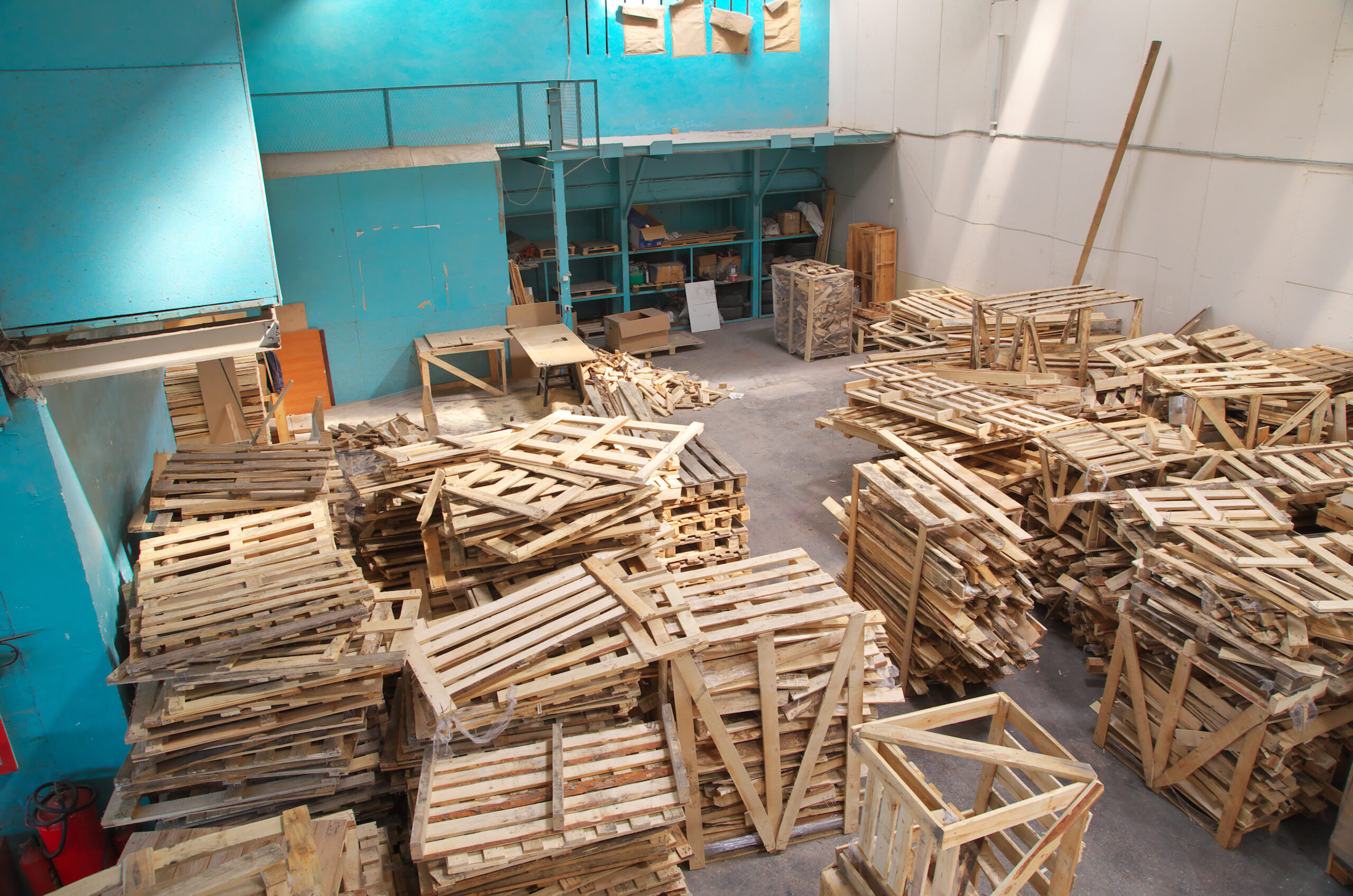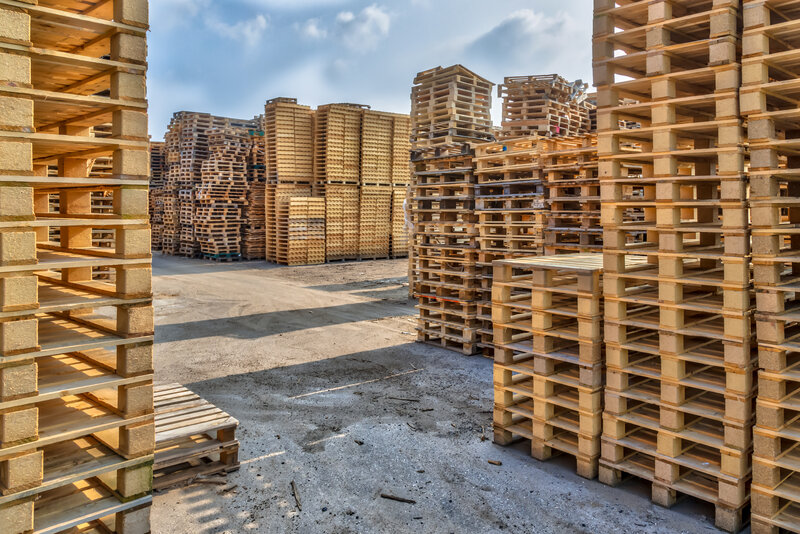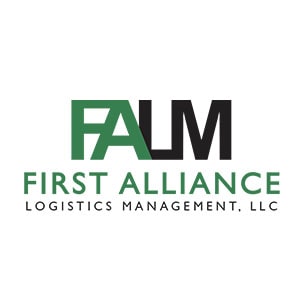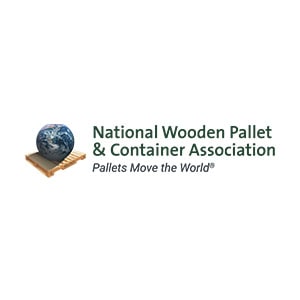Consistency is key in every aspect of business, from product quality and workflow to infrastructure areas like shipping. It not only reduces costs but also brings peace of mind. Pallets are no exception, and using uniform construction on your pallets will improve shipping efficiency. Consider these reasons for choosing uniform-quality pallets. Less expensive pallets Pallets […]
Category: Entrepreneurship
The Power of Pallets
Over the years pallets have become a significant part of our global economy. Without really thinking about it pallets are a major part of our everyday lives. The furniture we have, the food we buy, has all been transported on pallets. That is unless you make your own furniture or grow your own food. So […]
Are Wooden Pallets Safe For Transporting Food?
Pallets are extremely important. They are used to ship food and beverage products or any other goods. The requirements for shipping pallets are unique and many manufacturers demand that pallets are of high quality for packaging and transportation. Using wooden pallets for the food industry has come under scrutiny for some years from consumers and […]
Brigham City’s 11 Year Old Entrepreneur Helps His Scout Troop
Eleven year old Sam Davies was determined to go to Boy Scout camp. However, his mom told him he’d have to figure out how to somehow earn the money on his own. Sam knew his mom wasn’t going to go back on her decision, but he wasn’t deterred. He realized he’d have to come up […]













